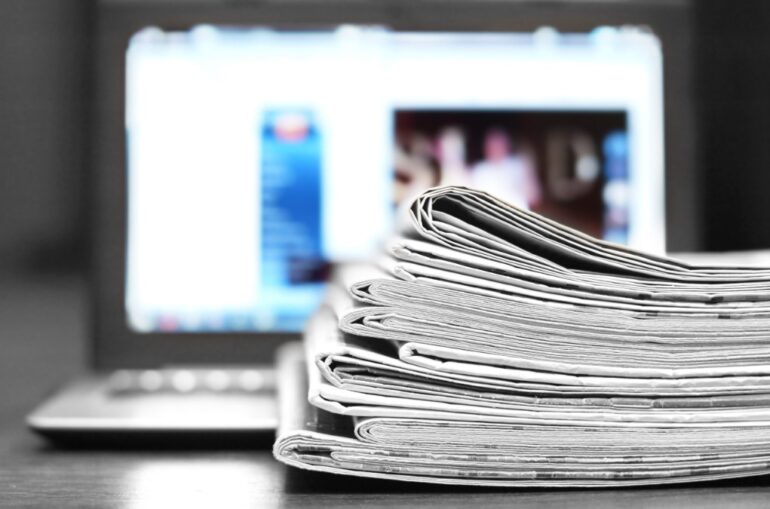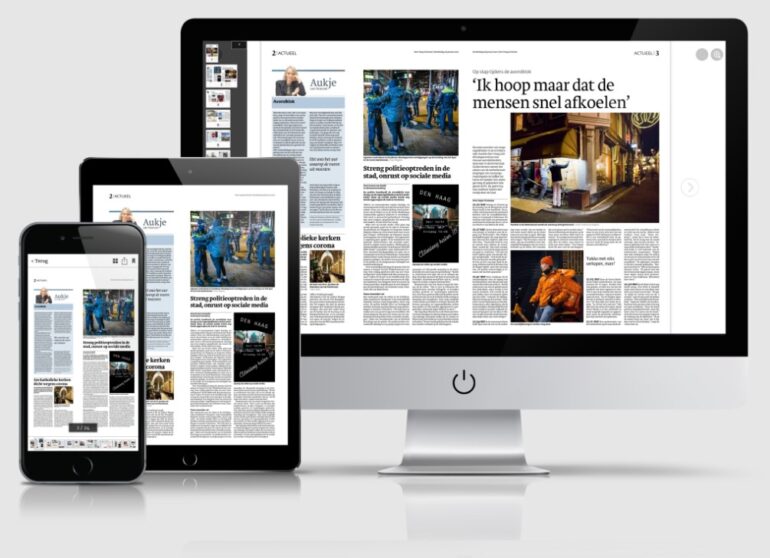
The transition from print to digital in the publishing industry presents challenges and opportunities for publishers looking to stay relevant in the digital age. As technology continues to reshape the way content is consumed, publishers are faced with the task of adapting their strategies to meet the demands of the evolving market.
In this article, we will delve into the intricacies of this shift, exploring the obstacles publishers may encounter as well as the potential avenues for growth and success.
The Inevitability of the Digital Revolution
The digital revolution isn’t just coming; it’s already here. The transition from print to digital is an inevitable shift that’s been set in motion by the rapid advancement of technology and the changing preferences of consumers.
People now seek instant access to information and entertainment, often through their smartphones, tablets, and computers. This has led to a decline in traditional print media consumption and a corresponding rise in digital content.
As a publisher, recognizing this trend is the first step in staying relevant. Making magazines today doesn’t mean just ink on paper—it’s about creating content that’s accessible anywhere, at any time, on any device.
To keep up, publishers need to embrace digital tools and platforms. This isn’t surrendering to a trend; it’s adapting to the new reality of media consumption, where convenience and interactivity are key.
Decoding the Process ─ From Print to Pixel

The process of moving from print to digital is more intricate than simply transferring text onto a screen. It involves reimagining content for a digital audience that has different expectations. If you decide to create a digital magazine, the content must be engaging, interactive, and easily navigable.
Publishers must consider format and design, which play crucial roles in the digital space. Unlike print, digital content is not static; it can include videos, links, and other multimedia elements that enhance reader engagement. Furthermore, the layout must be responsive, adapting seamlessly to various screen sizes and devices.
Challenges Publishers Face in Digitization
Digitization presents a host of challenges for publishers. One of the main hurdles is the need to overhaul traditional business models. The shift from sales of physical copies to digital subscriptions or advertising revenue requires a new approach to monetization. Publishers must also grapple with the vast array of devices and platforms their content must be compatible with, ensuring a consistent and quality experience across all of them.
Another significant challenge is the increased competition in the digital space. Content is now more accessible than ever, and publishers are not only competing with each other but also with a myriad of free sources.
Lastly, there’s the issue of digital rights management and piracy. Safeguarding digital content is crucial and can be complex, as it involves ensuring intellectual property rights are protected in the easily shareable digital realm.
Leveraging Digital Platforms for Publishing

Leveraging digital platforms for publishing is essential to adapt to the digital age. These platforms offer publishers a multitude of channels to distribute their content, from mobile apps and websites to e-readers and social media. By using these platforms, publishers can reach a larger and more diverse audience than ever before.
Digital platforms also enable publishers to experiment with different content formats, like short-form articles, long-form pieces, or multimedia content, to see what resonates most with their audience. This flexibility allows for real-time feedback and the ability to adjust strategies quickly.
The Future of Publishing ─ A Digital Landscape
The future of publishing is undeniably rooted in the digital landscape. This evolution is driven by technological advancements that are reshaping consumer habits. Digital publishing is not just an alternative to print; it’s becoming the primary mode for content delivery.
In this digital future, interactivity, multimedia integration, and personalization will be the standard.
Publishers need to embrace these changes to stay relevant. This involves investing in digital infrastructure, exploring new formats like e-books and audiobooks, and utilizing social media and content marketing to reach readers where they are. The ability to quickly adapt to new technologies will be a key differentiator.

Evolving with Times ─ The Key to Survival
The publishing industry’s survival hinges on its ability to evolve with the times. As the digital landscape transforms how content is created, distributed, and consumed, publishers must stay ahead of the curve to remain relevant. This requires a willingness to innovate and experiment with new formats, storytelling techniques, and business models.
Embracing change is not just about adopting new technologies; it’s about rethinking the entire approach to publishing. This includes exploring opportunities in mobile publishing, harnessing the power of data analytics to understand audience behavior, and creating content that resonates with the interests and values of today’s digital consumers.
The key to thriving in this new era is flexibility. Publishers that can quickly adapt to industry trends and shifts in consumer preferences will not only survive but also set the pace for the future of publishing. The transition from print to digital is not the end of the industry—it’s a new beginning.
